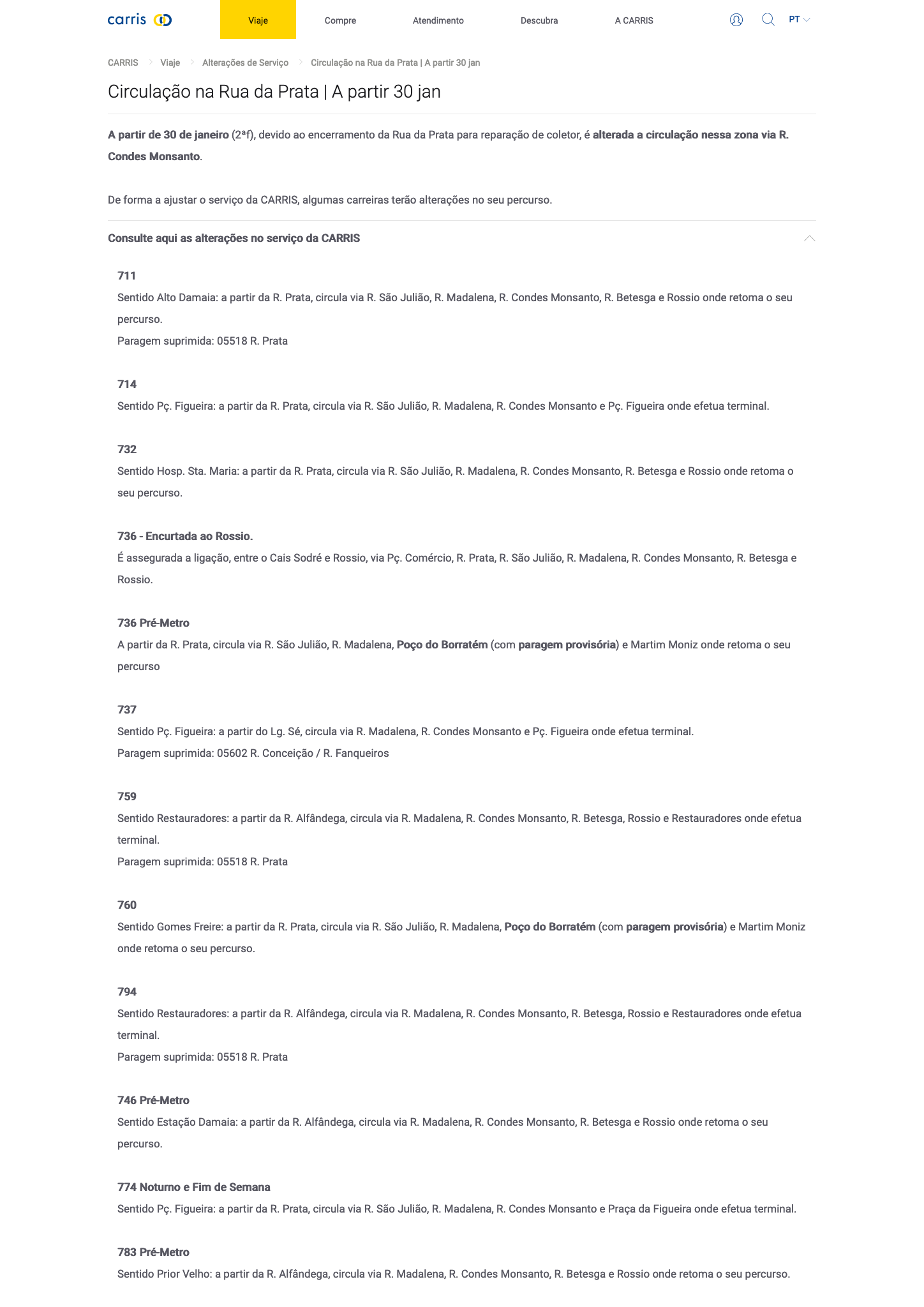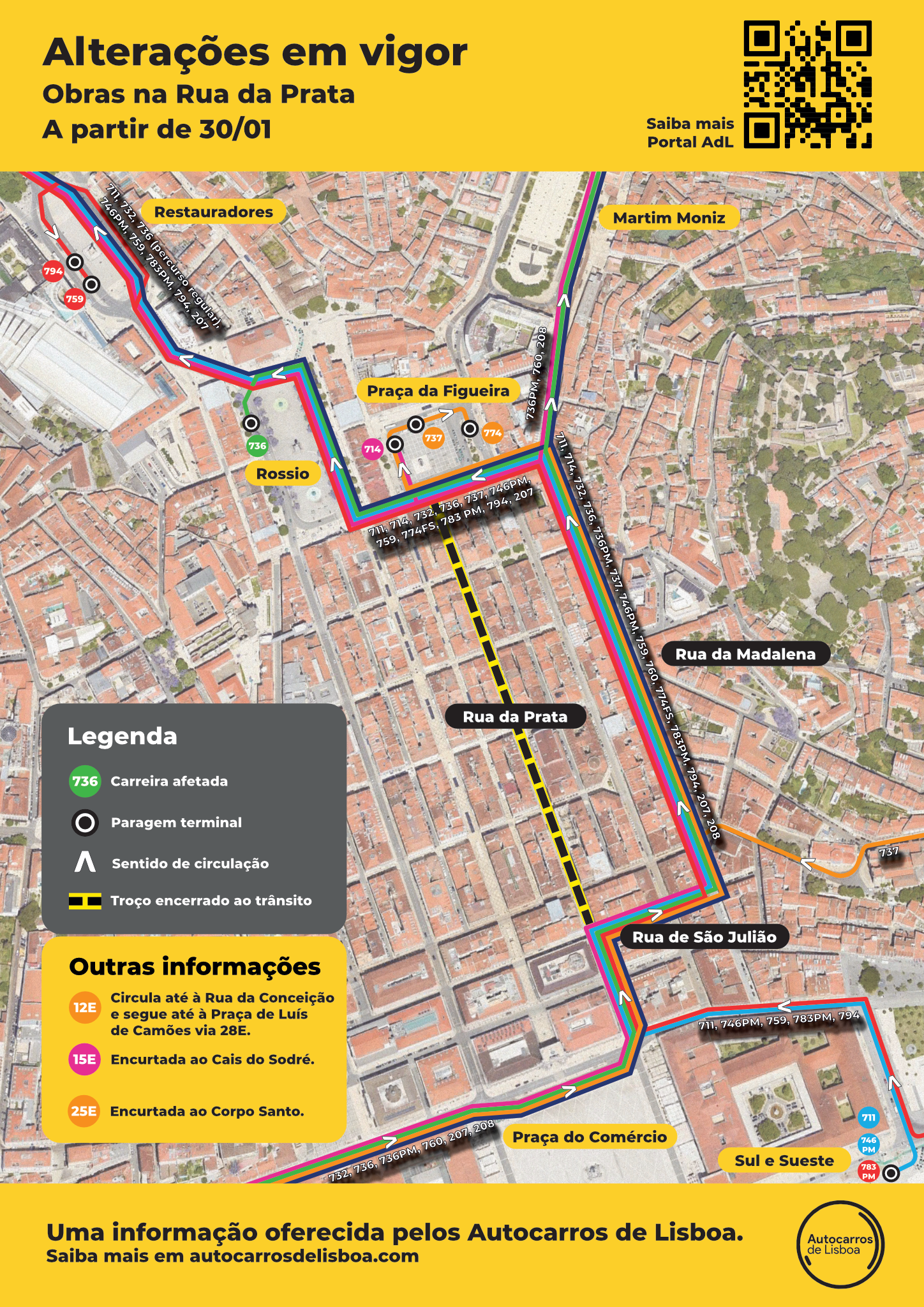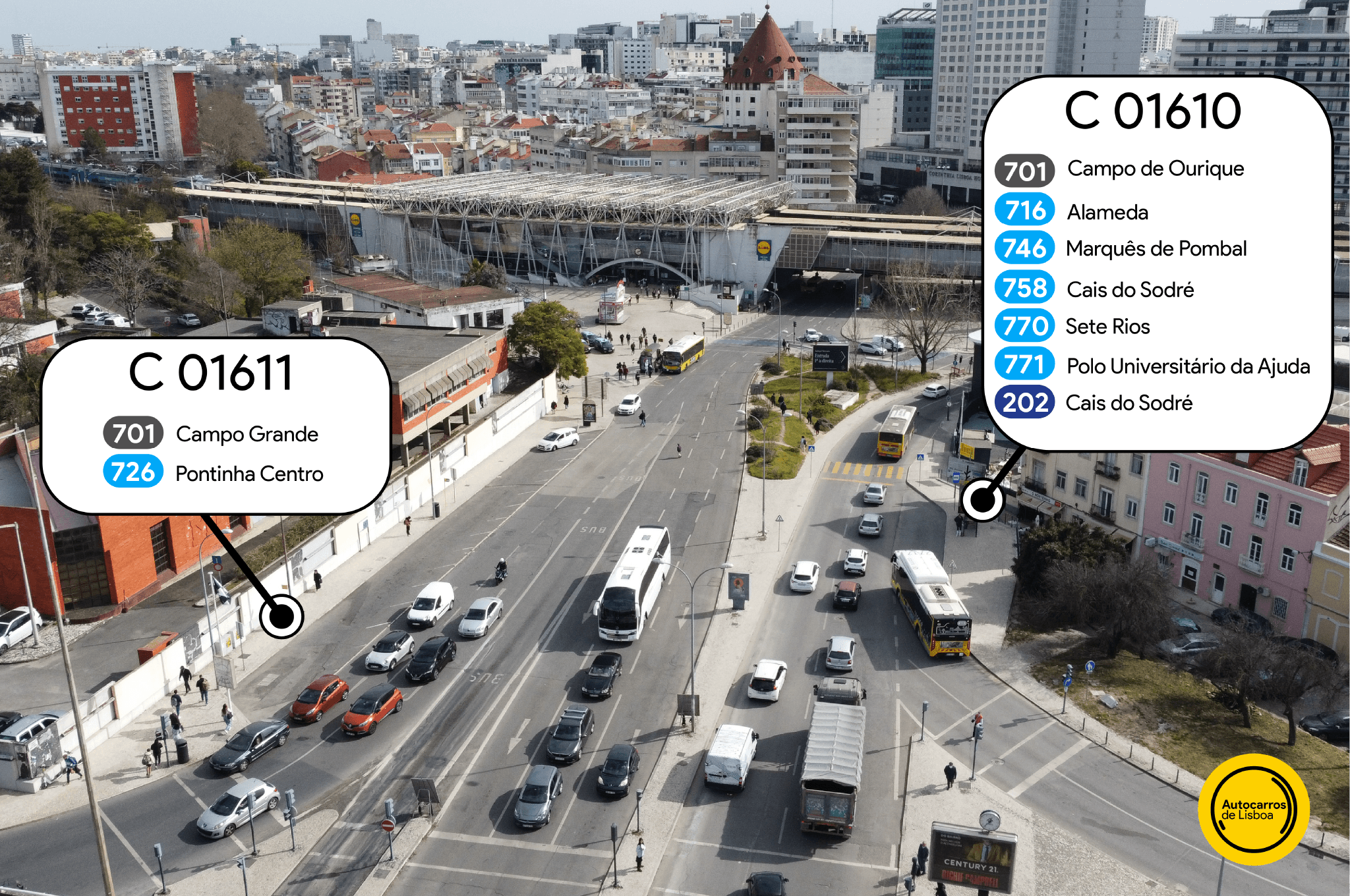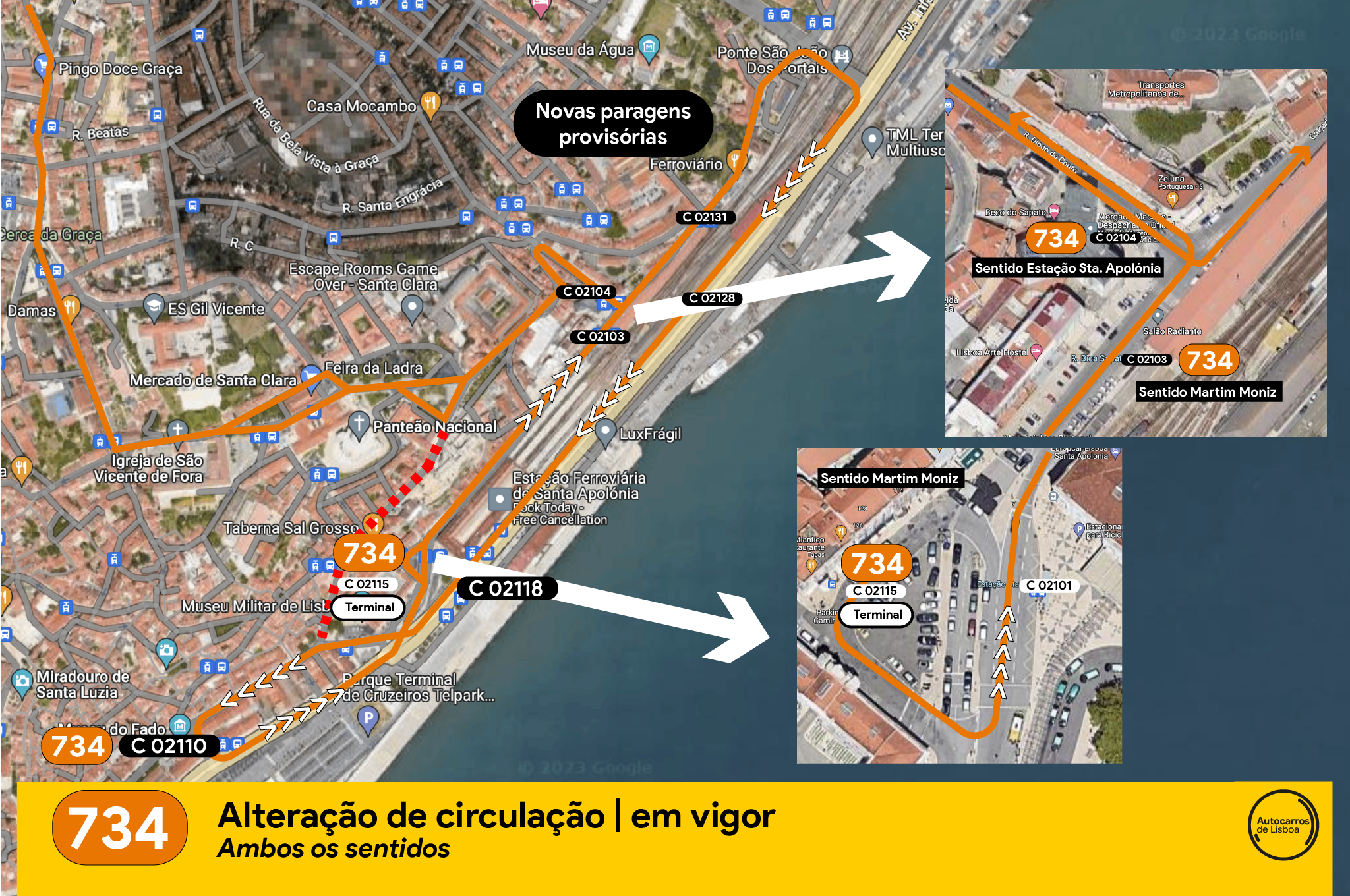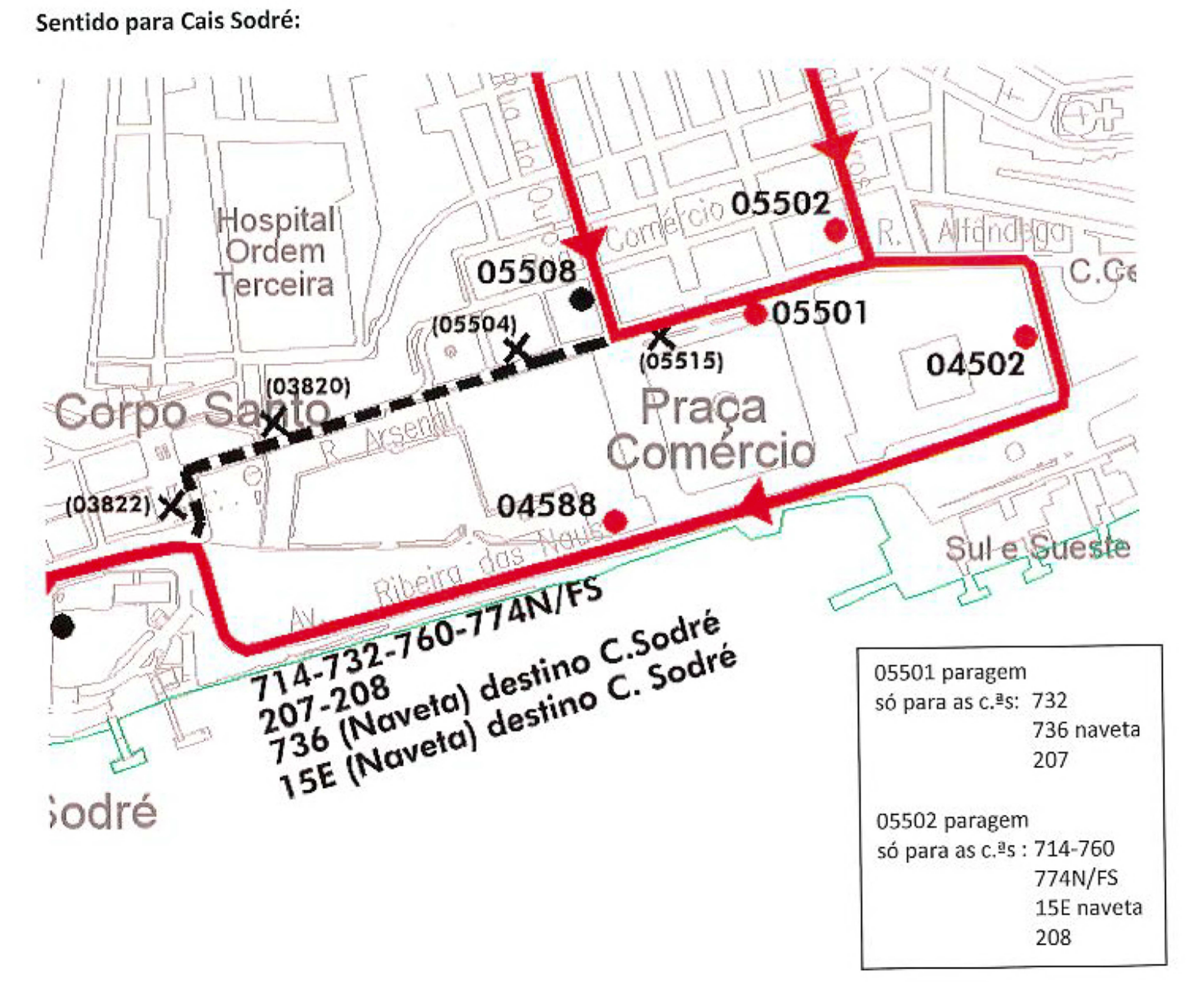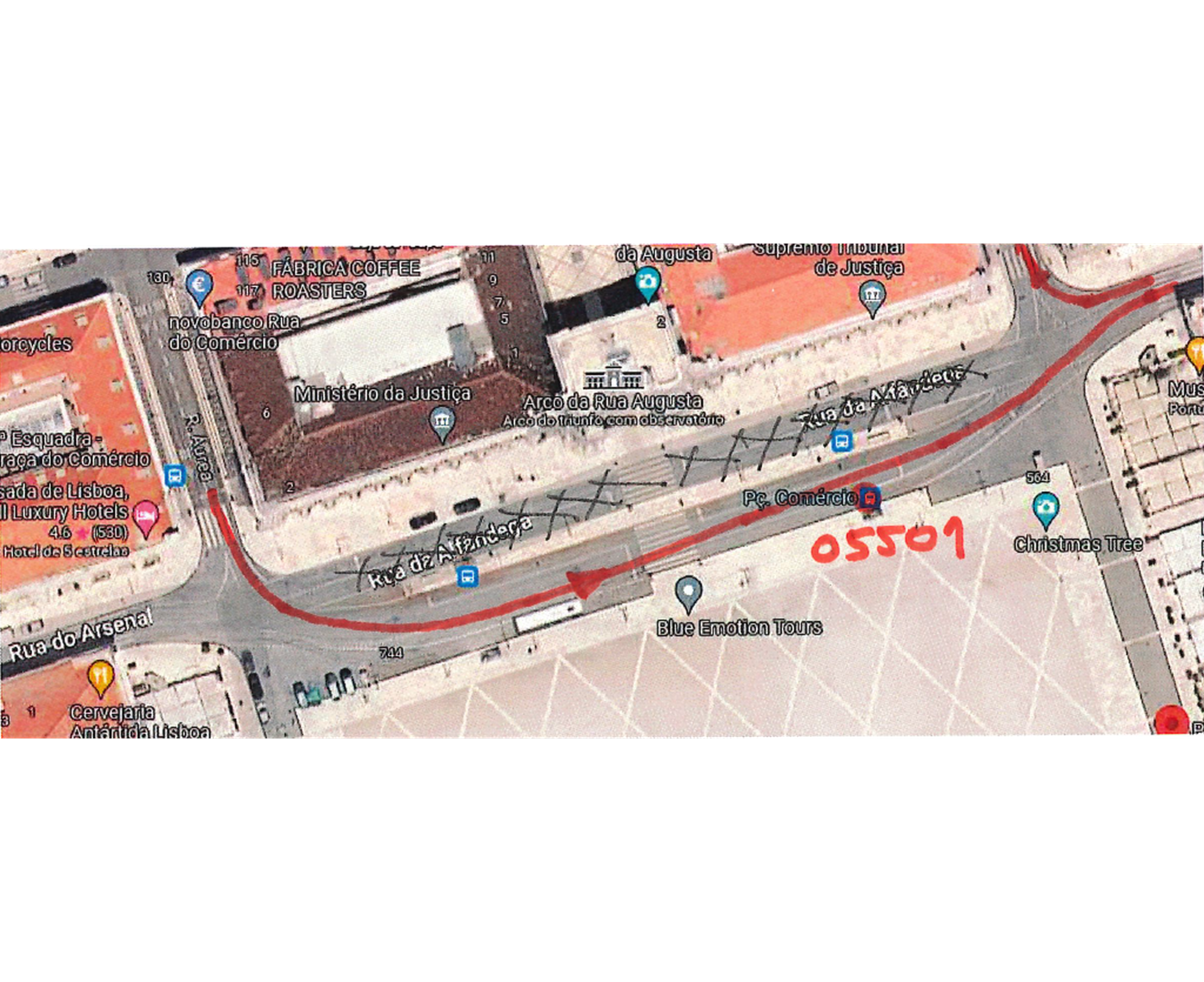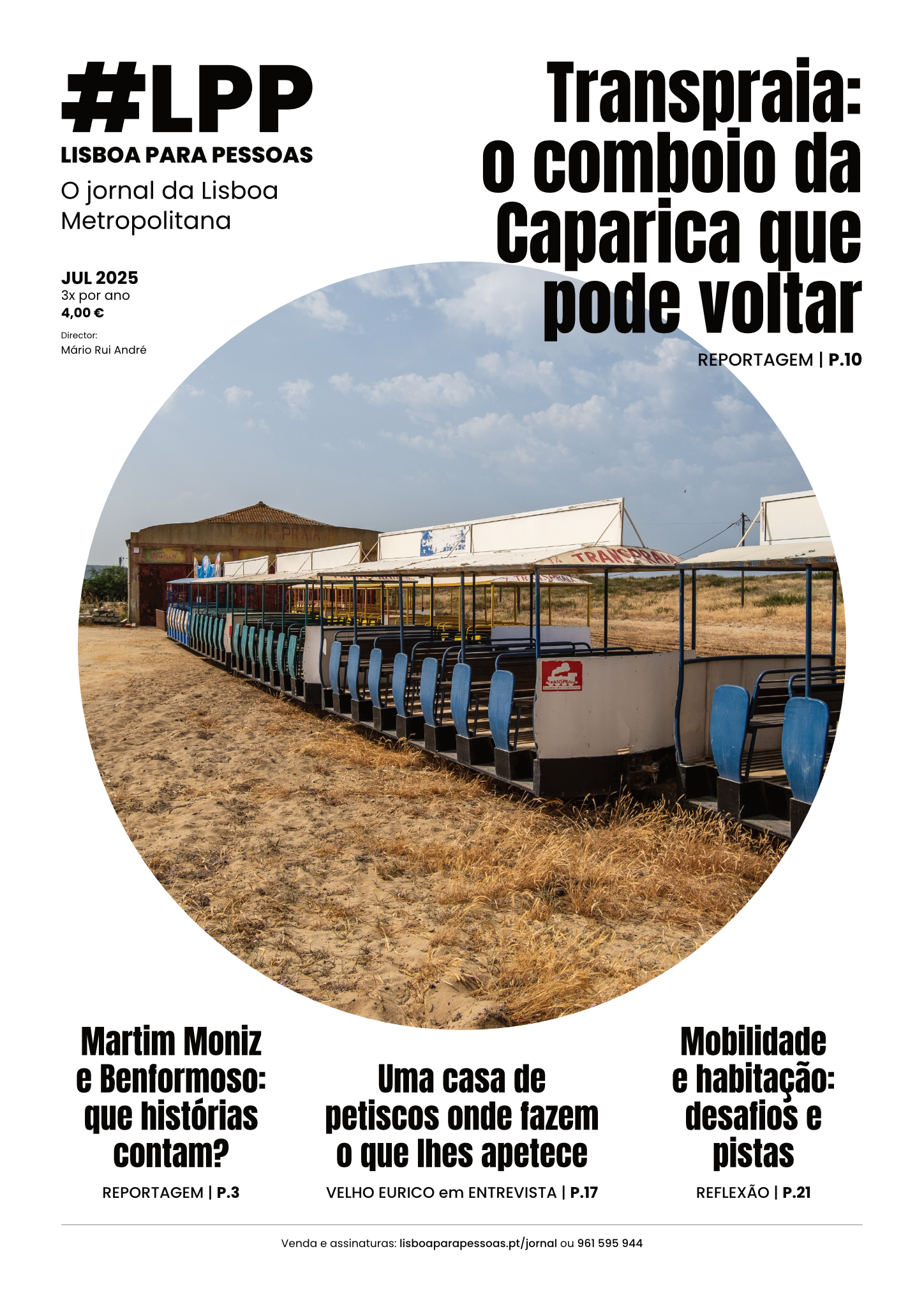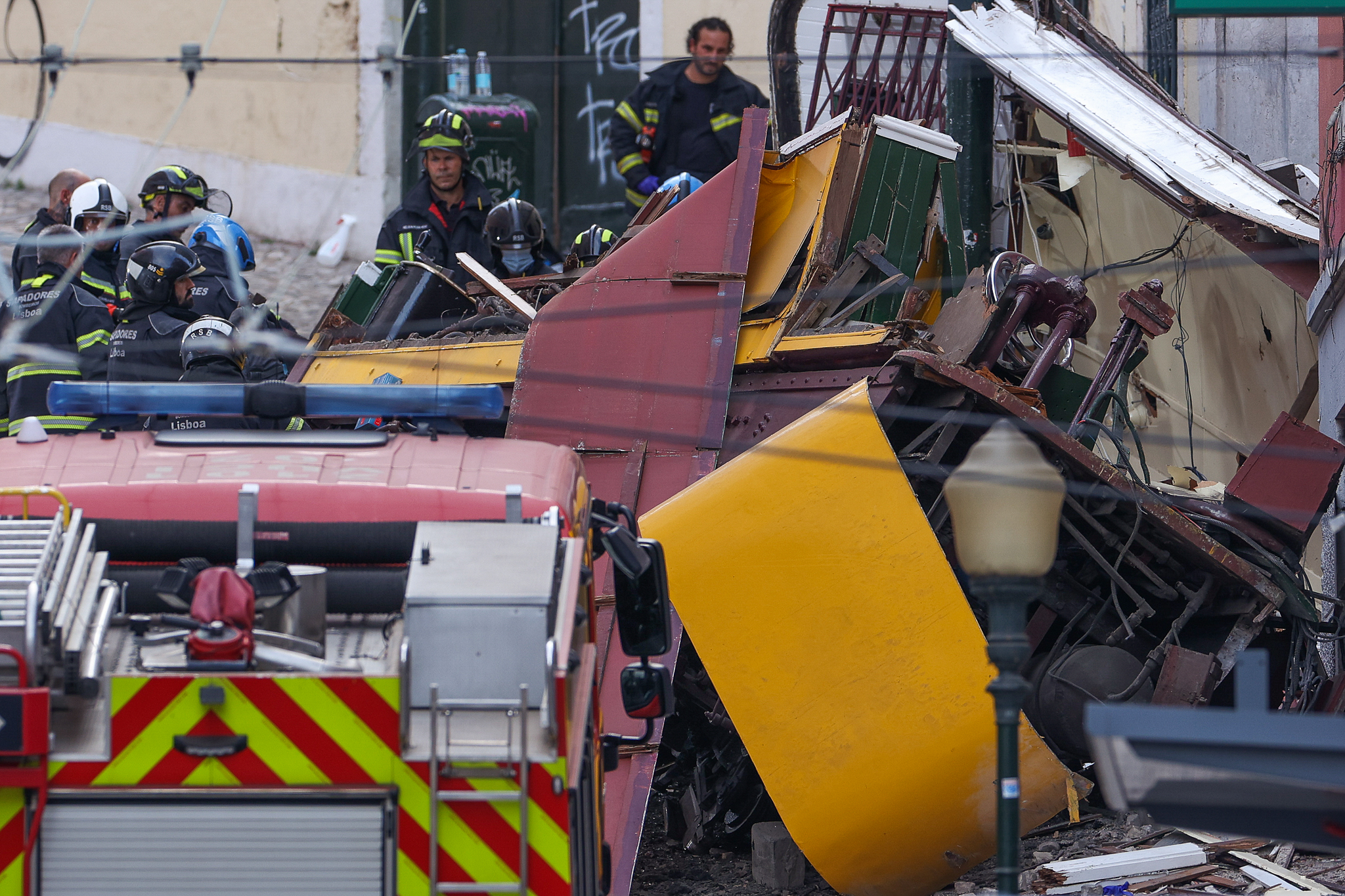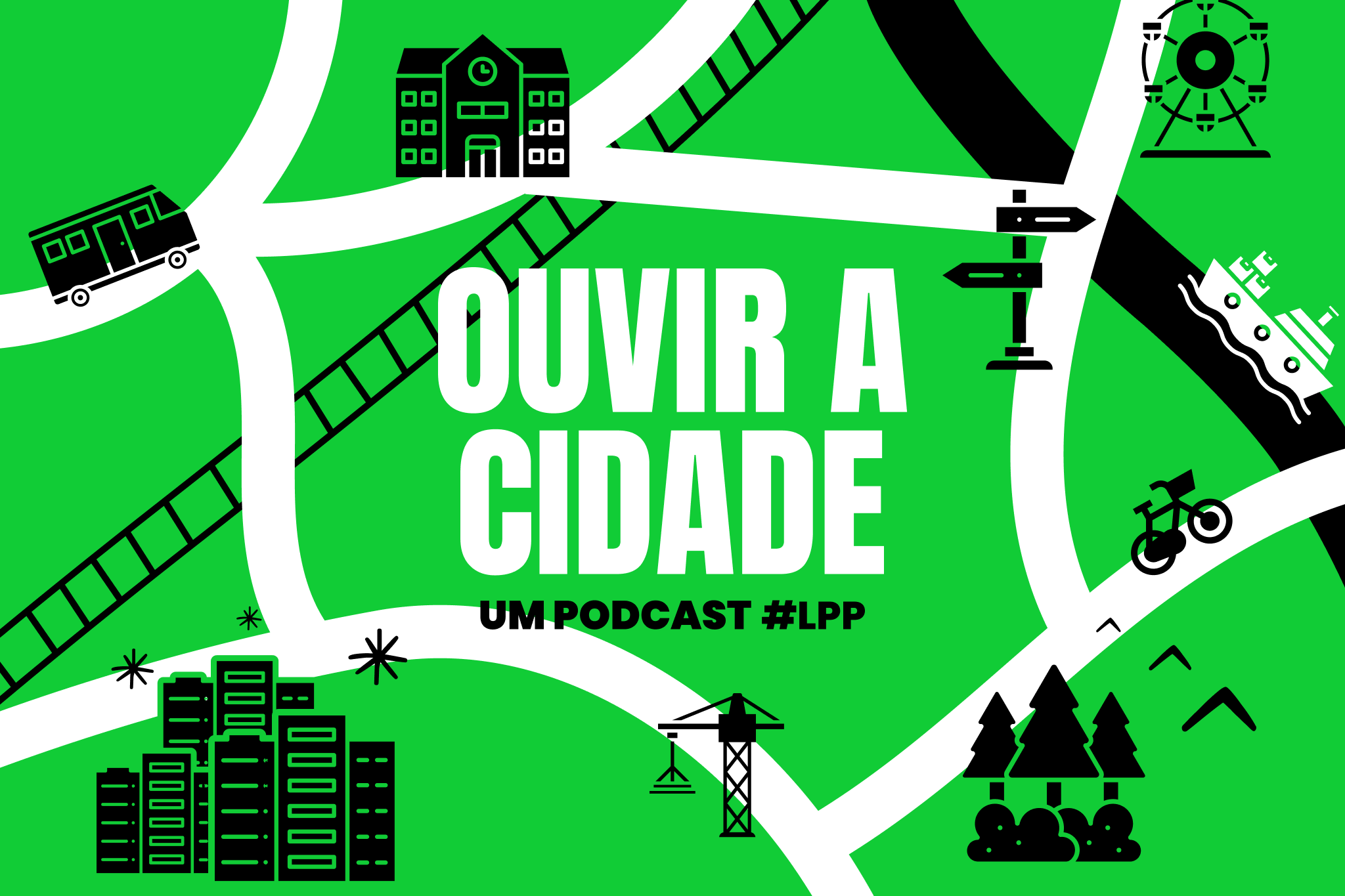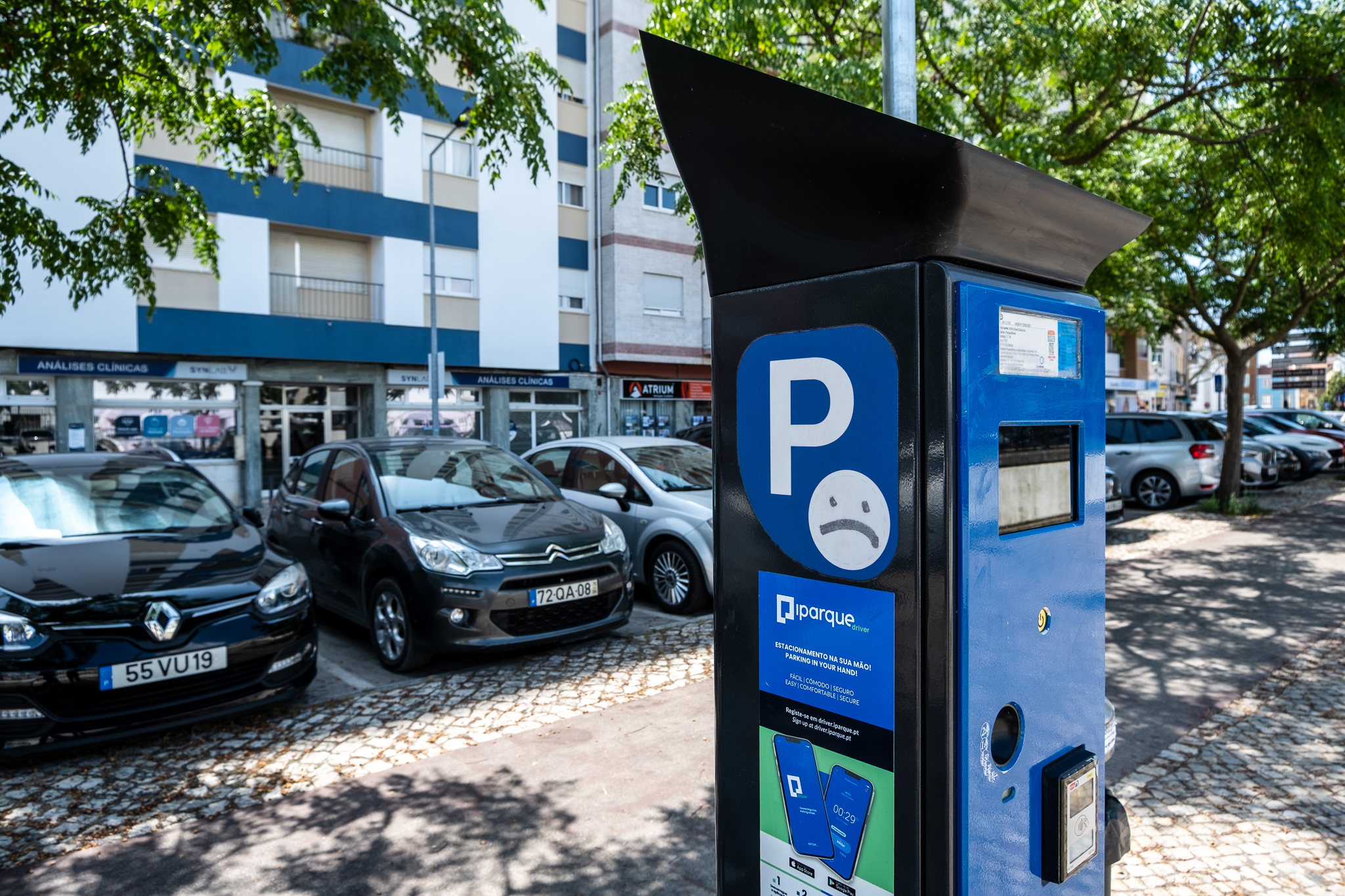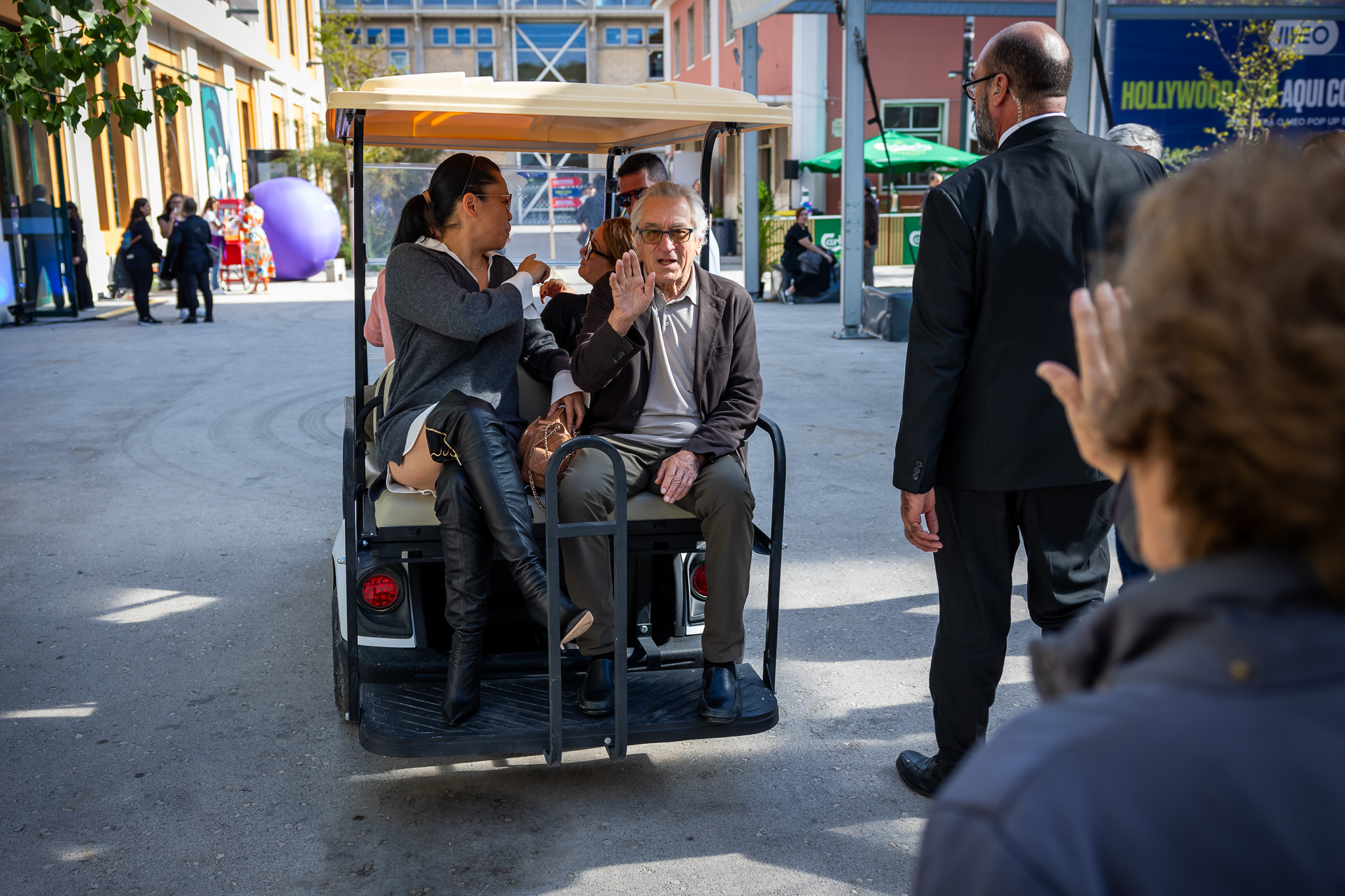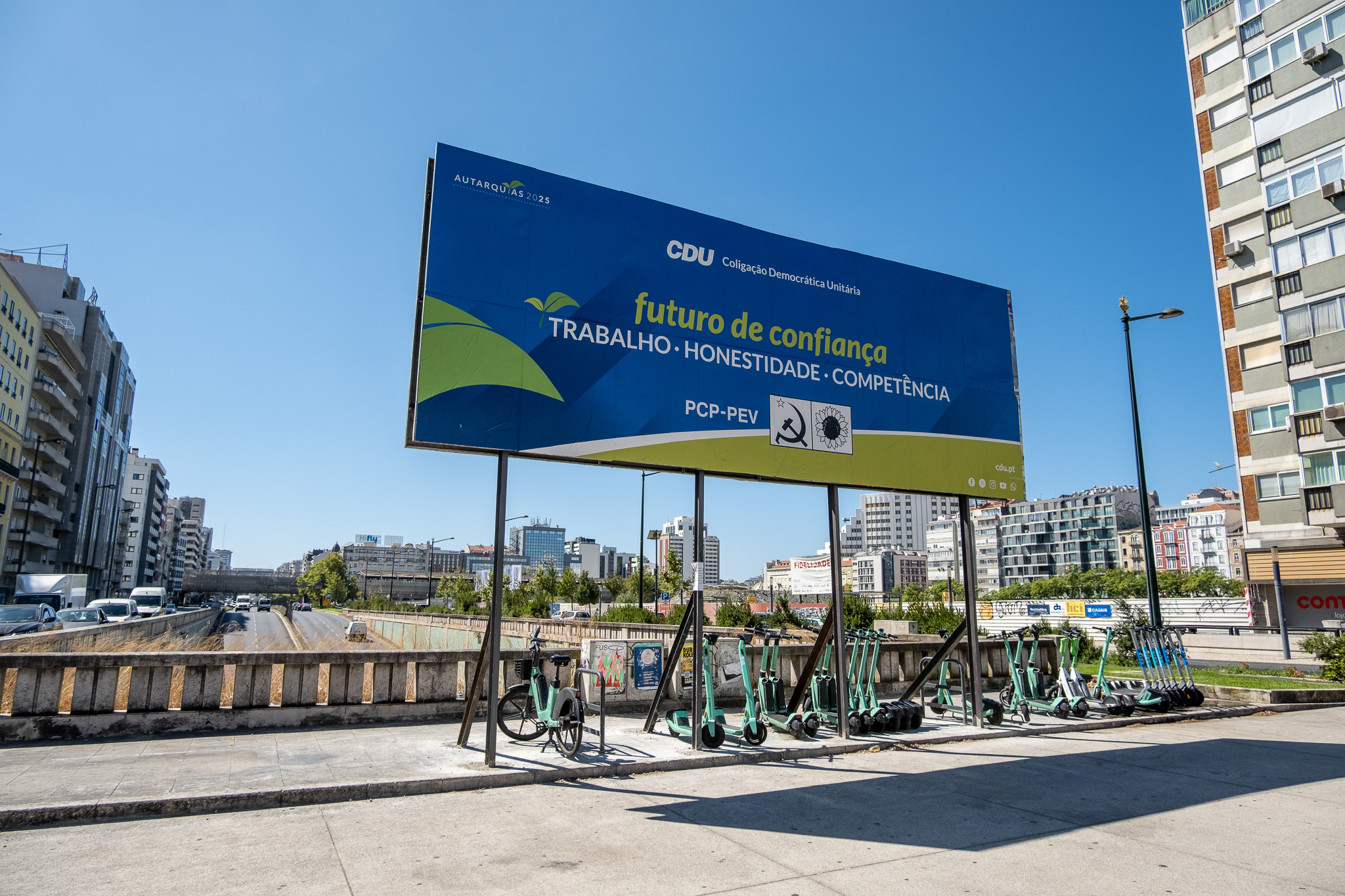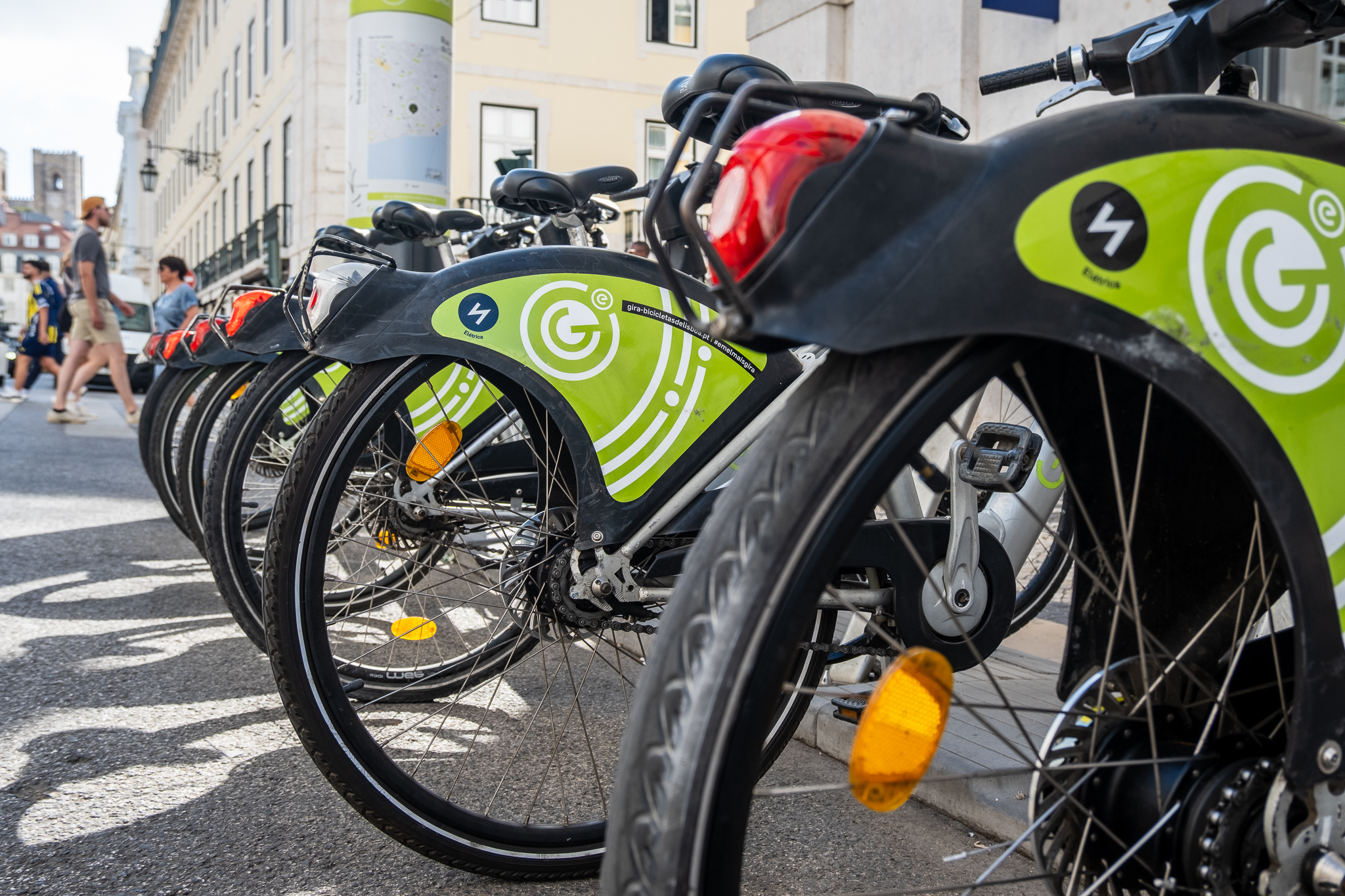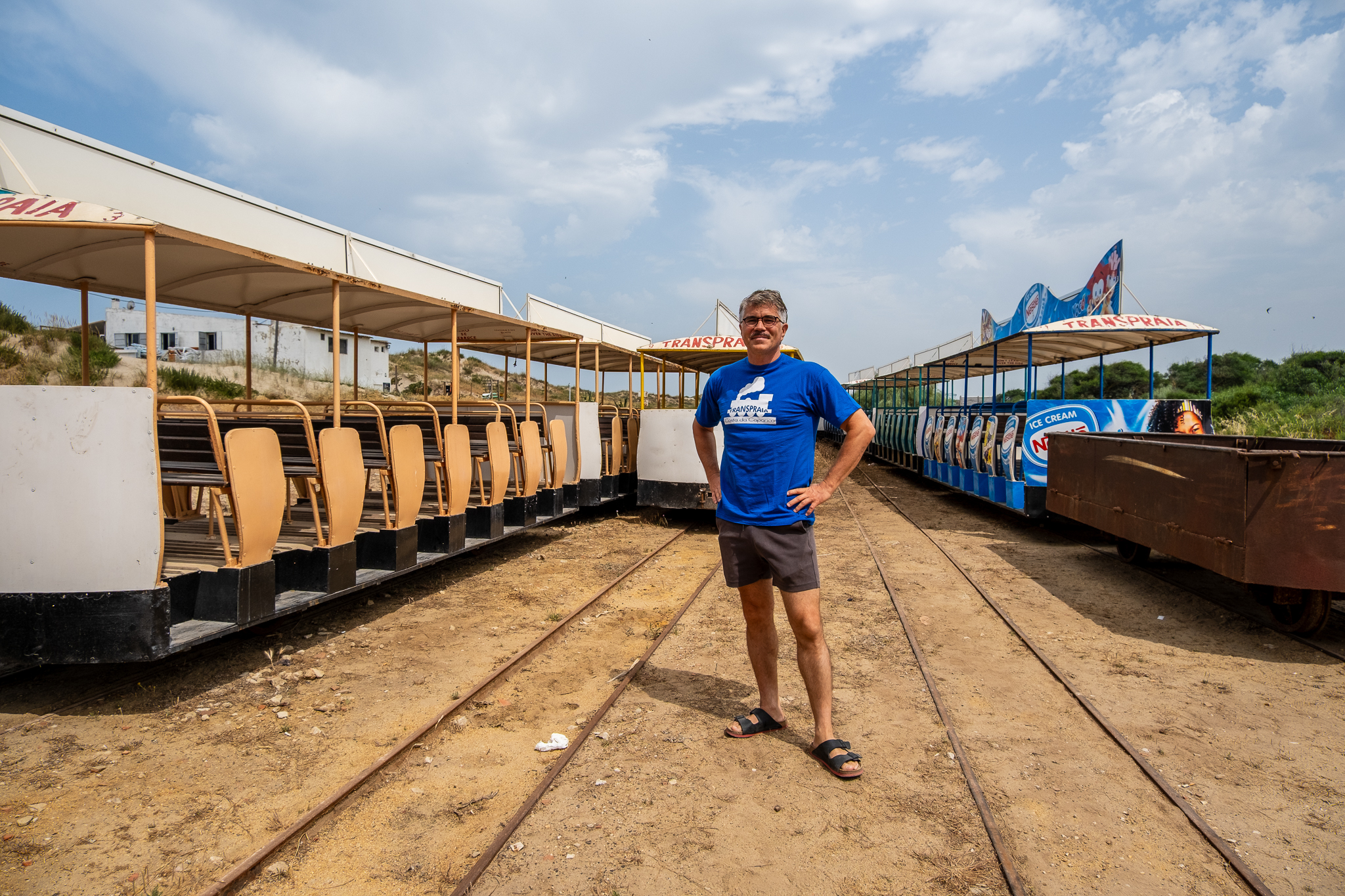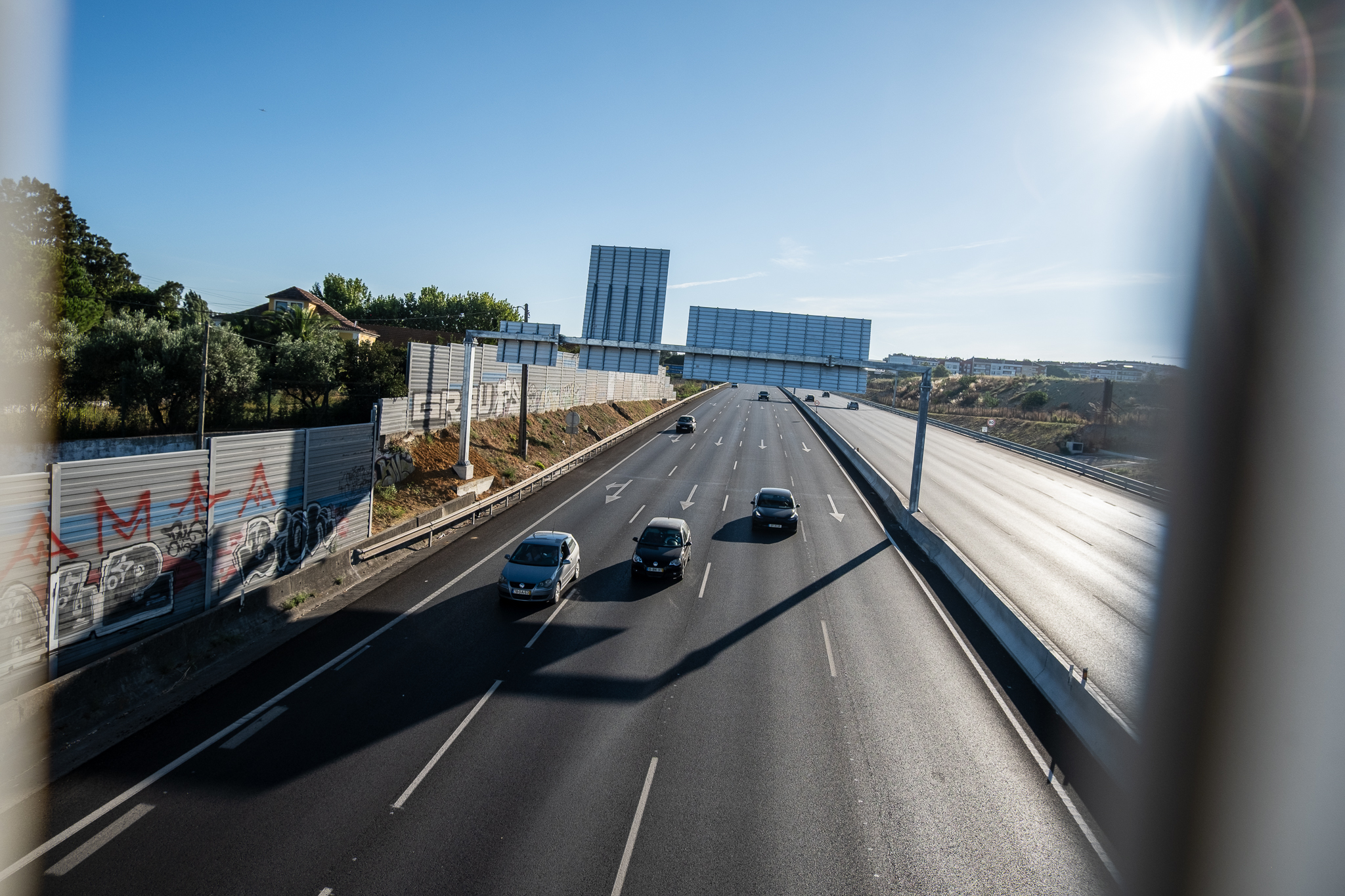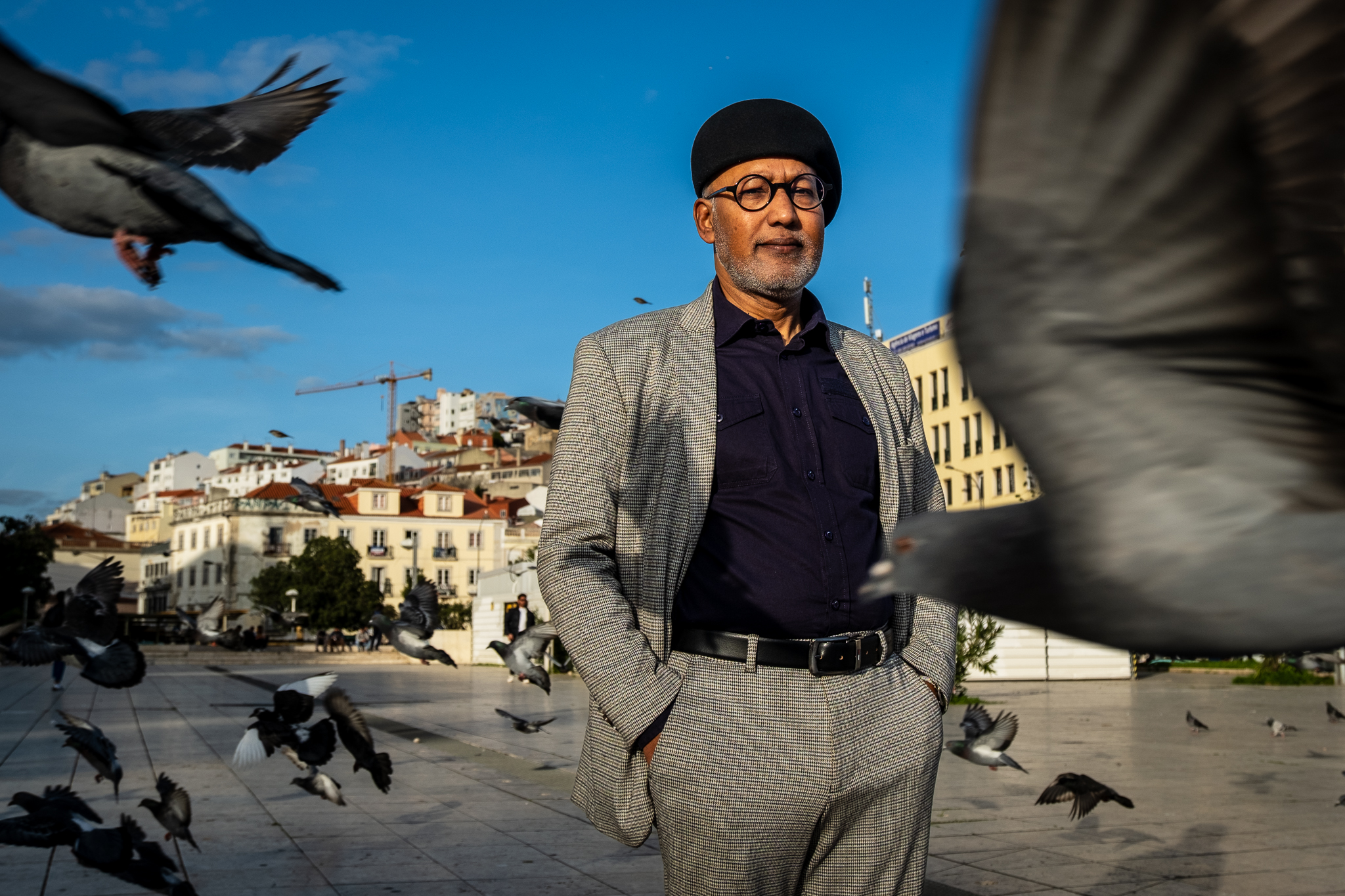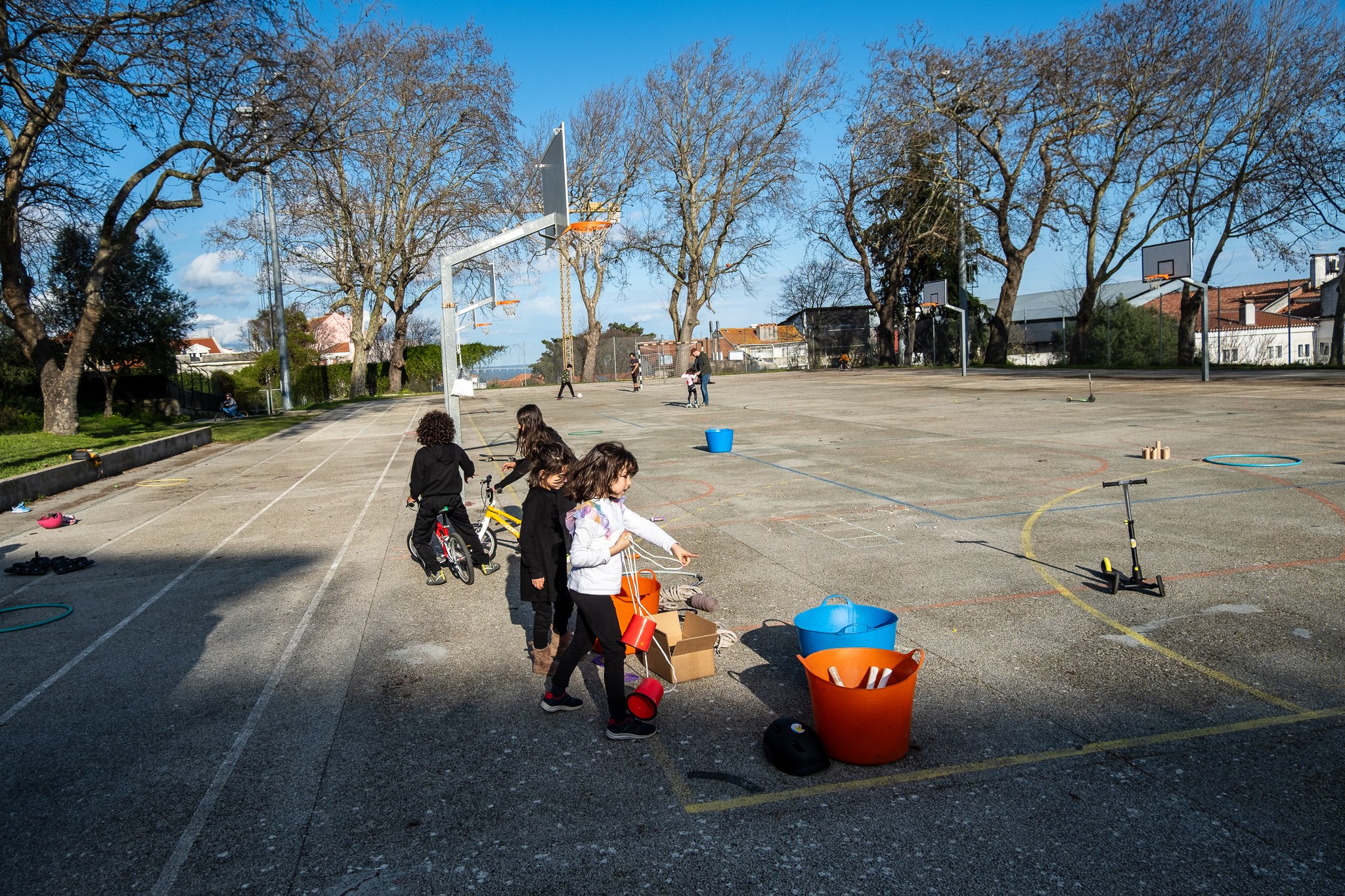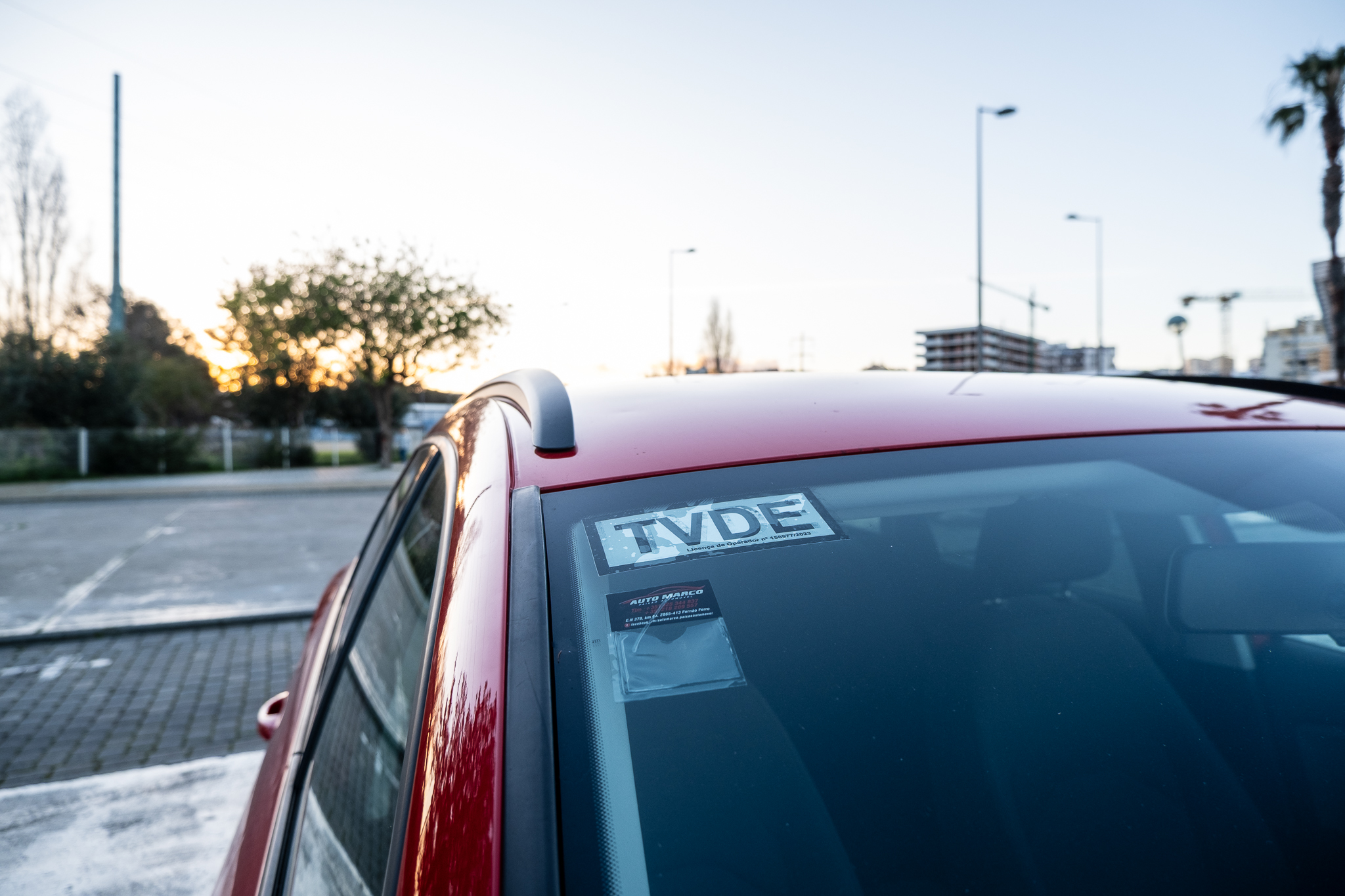It is called Autocarros de Lisboa (Lisbon Buses), and started out as a page for "bus enthusiasts", but has been transformed into a vehicle for information. Diogo's maps and texts help passengers - and even drivers - to understand the changes Carris is making.

He arrives in Sete Rios camera in hand. He had gone to photograph a "rarity", a certain model of bus that doesn't usually make a certain career. "A friend gave me the touch and after work I stopped by." Diogo Lourenço, 21 years oldhas from a very early age a passion for buses. The taste grew up through family members and then through friendships he built with Carris workers. "I got a taste for more technical Carris things, like knowing why a bus X is in that place, why it was acquired, knowing its fleet number..." This childlike enthusiasm around Carris "never disappeared" and gave way to Buses from Lisbon, a information portal through which Diogo tries to help passengers and even Carris' own drivers to know about the city of Lisbon's bus and streetcar supply and route changes.
"A person opens a Carris news story about some change and immediately wants to close it. It's not clear and intuitive information", points out. "Often they don't even put up an intuitive map." Recently, there have been many changes to the regular service of Carris due to various vicissitudes, from planned works, as is happening in Seven Rivers or Santa Apolóniato emergency interventions, as is happening in the streets of Arsenal and the Silverin downtown Lisbon.
The implications in the routines of more regular passengers have been many, and those who travel less frequently are also faced with changes in the usual routes and stops. Carris' communication is not always the most efficient, with the publication on its website of maps that are unappealing and difficult to analyze, and exhaustive descriptions of the changes that require considerable reading time. And the information at the bus stops is also not always clear. "Sometimes they put up a notice that is by running text, a sheet. An older person, or a tourist...or my father and mother, who even know the area but they look at it and don't understand."
Here is an example: on the left, how Carris communicated the service changes on Rua da Prata, due to the urgent need to repair the drainage collector; on the right, a map drawn by Diogo and published on the Autocarros de Lisboa portal.
"I walk the field a lot and take advantage of that to create a clearer news story, as far as possible. It has happened even myself to understand the information that Carris publishes and be at a loss".he says. The young marketing student prefers, whenever possible, to go to the site to understand the changes before publishing them on the portal and Facebook page. "I'd rather communicate a certain service change on short notice but correctly, than to be doing something on the fly with no feet on my head."
Diogo's goal is to try to make "something that is more intuitive for the passenger, for the follower, for whoever needs clear information". But that, he points out, "it should always come from the company and not from me". "I have drivers sending private messages saying that my communication is so much better than Carris. They even tell me they've received work orders [internal communication sheets of route changes] that they didn't realize until they went to my page to check the information and maps I post there."
This positioning of the Autocarros de Lisboa as an information vehicle is recent. It was only in November 2022 that what was a Facebook page won a websitewhich has been developed little by little - Diogo is dedicating his free time to the project; and between his classes and the internship he is now doing in communication, that time is scarce. On the other hand, Diogo only started managing the Facebook page in 2017 when the previous coordinator was no longer so available. At the time, Autocarros de Lisboa was just an online community of Carris enthusiasts, where photos and curiosities about the city's buses were shared.
"The transition to a more informative portal was gradual. I started to see that the information I shared about news and service changes started to get a good following. And I saw an opportunity there. It all started with simple maps, which were not the most appropriate because, at the time, I was still learning to mess around with programs like Illustrator."says the 21-year-old.
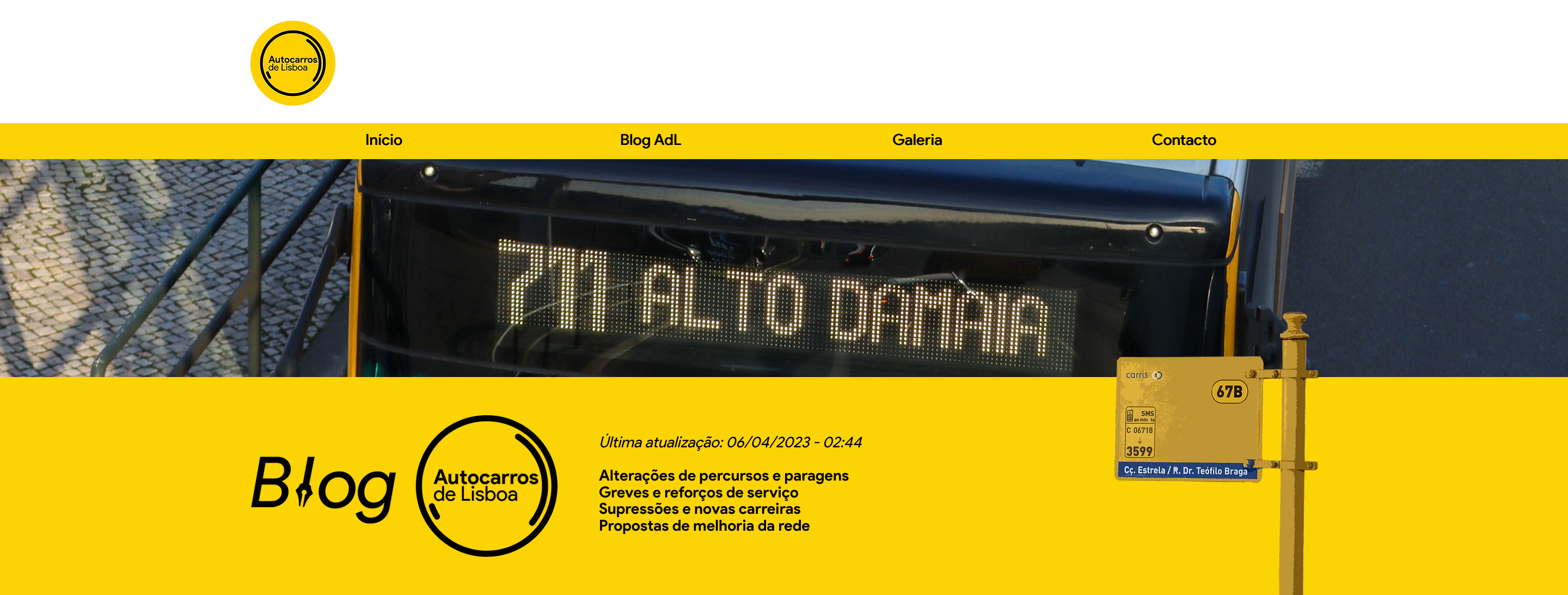
Diogo Lourenço uses Carris buses recurrently to commute, and his knowledge of using the service is useful on the Lisbon Buses. "Already at the age of four or five I knew which buses to take and I was the family informant. I used to open WhatsApp and have someone there asking me which bus to take."he says. "I like to know that I am helping. This is what I want to do on the Lisbon Buses, too. I want it to have a public service part." These trips are also used to capture some of the photos that he continues to publish on the page (and website), trying to keep the enthusiast audience close while trying to satisfy the audience that just wants to know what has changed on the routes and stops.
Diogo does not hide, nor has he ever hidden his enthusiastic streak. "Whenever I showed my bus photos to friends - before the Facebook page I had a Flickr account - it was rare the disparaging comment I received, because it was a unique thing. It's not a taste that you find every day on the street. And a lot of people thought it was funny.he says. "Schoolmates, friends of mine, even ended up taking pictures for me, to put on the page. At a certain point, they themselves started using more technical terms and already recognized unusual vehicles in a given career."
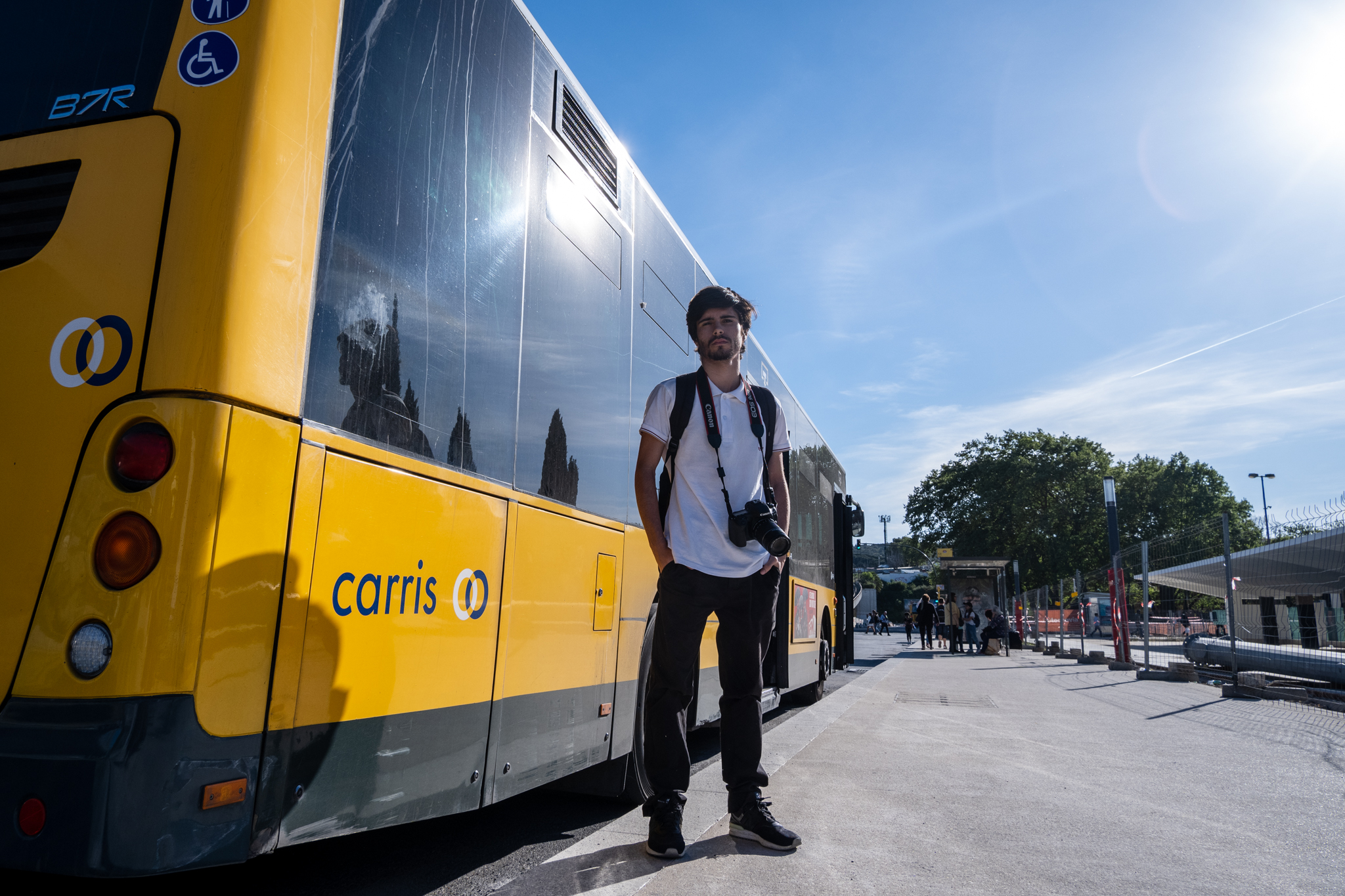
But, "At the end of the day, there is always someone who will look the other way on this. But you have to have a sense of trust and knowing what it is that we are doing here. And I'm doing this for good and for a taste. It's not easy and you also have to be surrounded by the right people." Diogo likes to be discreet. He doesn't talk to Carris drivers because he doesn't want to disturb their work, but he says that some of them do when they see him with camera in hand. There is also a stigma that has been broken with regard to bus photography. "I didn't invent the wheel. There were other enthusiasts who paved the way for us for this photo stigma to diminish. And several drivers started to find it funny that someone would take pictures of buses." Diogo's photos will be records that, years later, will allow us to remember the city and the service of other times, provoking that feeling when we look at old images today. Groups of bus enthusiasts are common on social networks and also on platforms like Flickr. But the fascination for public transport vehicles is not restricted to the road mode. There is also a community of train enthusiasts who know by heart the serial numbers of CP's fleet, timetables and routes, and keep track of those unusual circulations.
"Some people still think we are there to photograph the driver's face or to make some complaint. If any driver comes to tell me he doesn't like photos and asks me to blur, I respect that and do it without any problem."explains, emphasizing that "what I and like-minded people are doing is completely legal because these are buses that are framed in public places and the Civil Code makes that very clear, that you don't need the person's consent if the photograph has that general framing of the public road". Furthermore, "I do not use the photographs to sell, nor to denigrate. I use them for recreational purposes and for public utility. I want to show the backstage of Carris and that these are not mere buses that we take to go somewhere.".
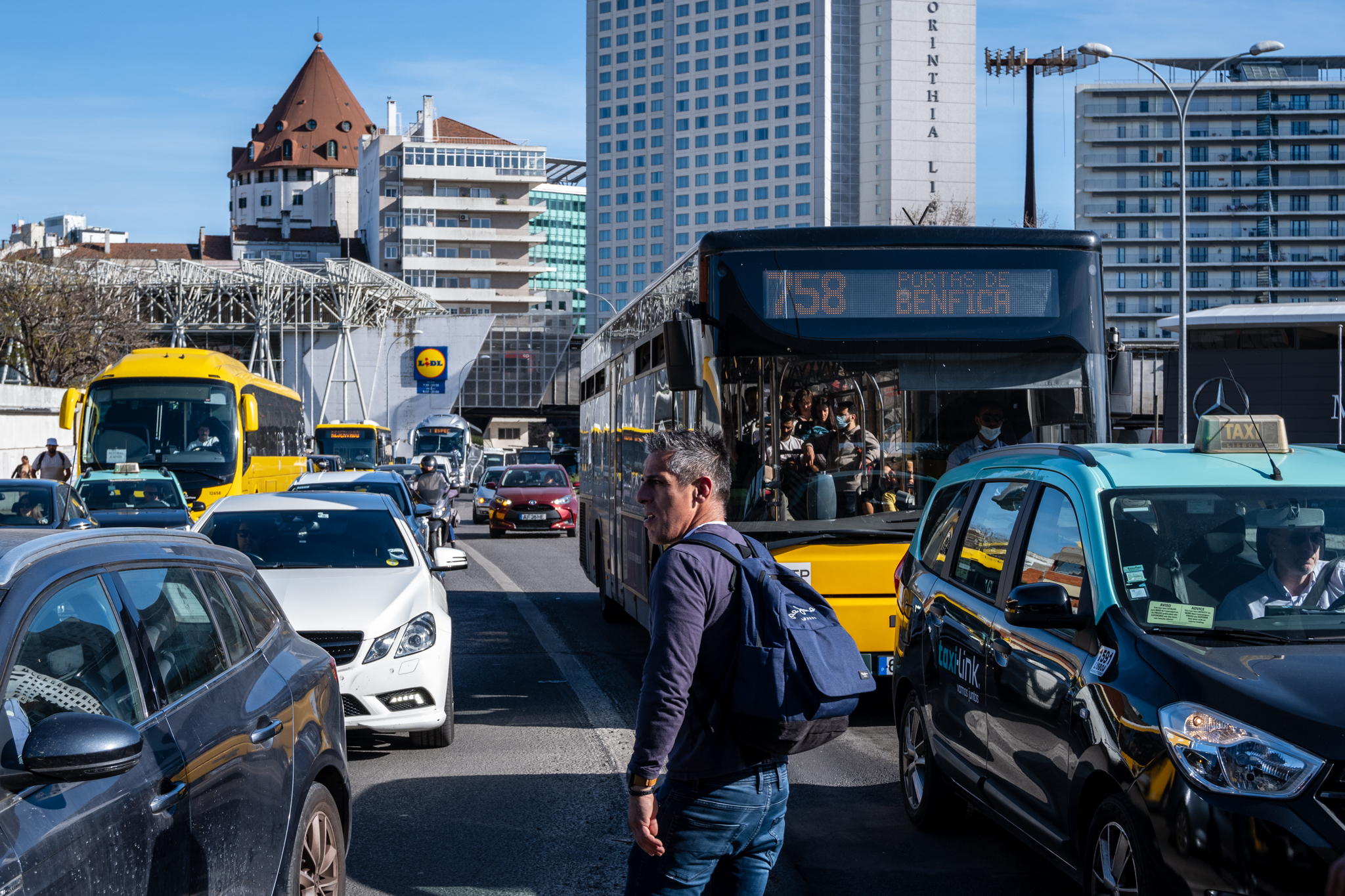
The Facebook page is where he continues to have the most activity. Besides changes in routes and stops, information about strikes, service reinforcements and new routes, Diogo also publishes curiosities about the vehicles, shows old routes and shares old photos that he buys from his own pocket. “I recently bought four slides at 40 euros, which I will still have to scan but that was another 40 euros I spent. Why? Because I want to have some more content on the page and be different."says. "I like to create programming that almost looks like that of a television channel, with the publications of the day and their respective times. I like to give certain and certain content to certain types of people. The younger audience likes to watch buses more. The old Carris drivers too and comment things like 'how I miss these buses, the steaks I had to eat to turn this bus around'."
After looking a lot at Carris' present, Diogo began to take an increasing interest in the past, particularly the streetcars - an interest that a book by Luís Cruz-Filipe, From Dafundo to Poço do Bispohe woke up. "Luís Cruz-Filipe is a real enthusiast, for whom I have enormous admiration. He was one of the people who fed me the bug about these issues of investigating history. I haven't read the whole book yet, I want to savor it. It's a very rich book that has years of research on the history of streetcars."
Diogo wants to start posting more stories of old Carris careers and services on the site and eventually release small digital books, which could be a source of income for the project. Despite being almost a one-man-showDiogo Lourenço has some people that voluntarily help him in issues such as hosting the site or even taking pictures (he can't be everywhere). And it is these people who are also developing with Diogo proposals for improvements to Carris. "Passengers are the ones who use a particular route in loco and who can contribute to some improvement. We can do a lot of planning with numbers and statistics, but it's clear that using transportation physically is an important experience - not belittling the numbers, of course." And the Lisbon Buses may have ideas that they want to share with the interested population.
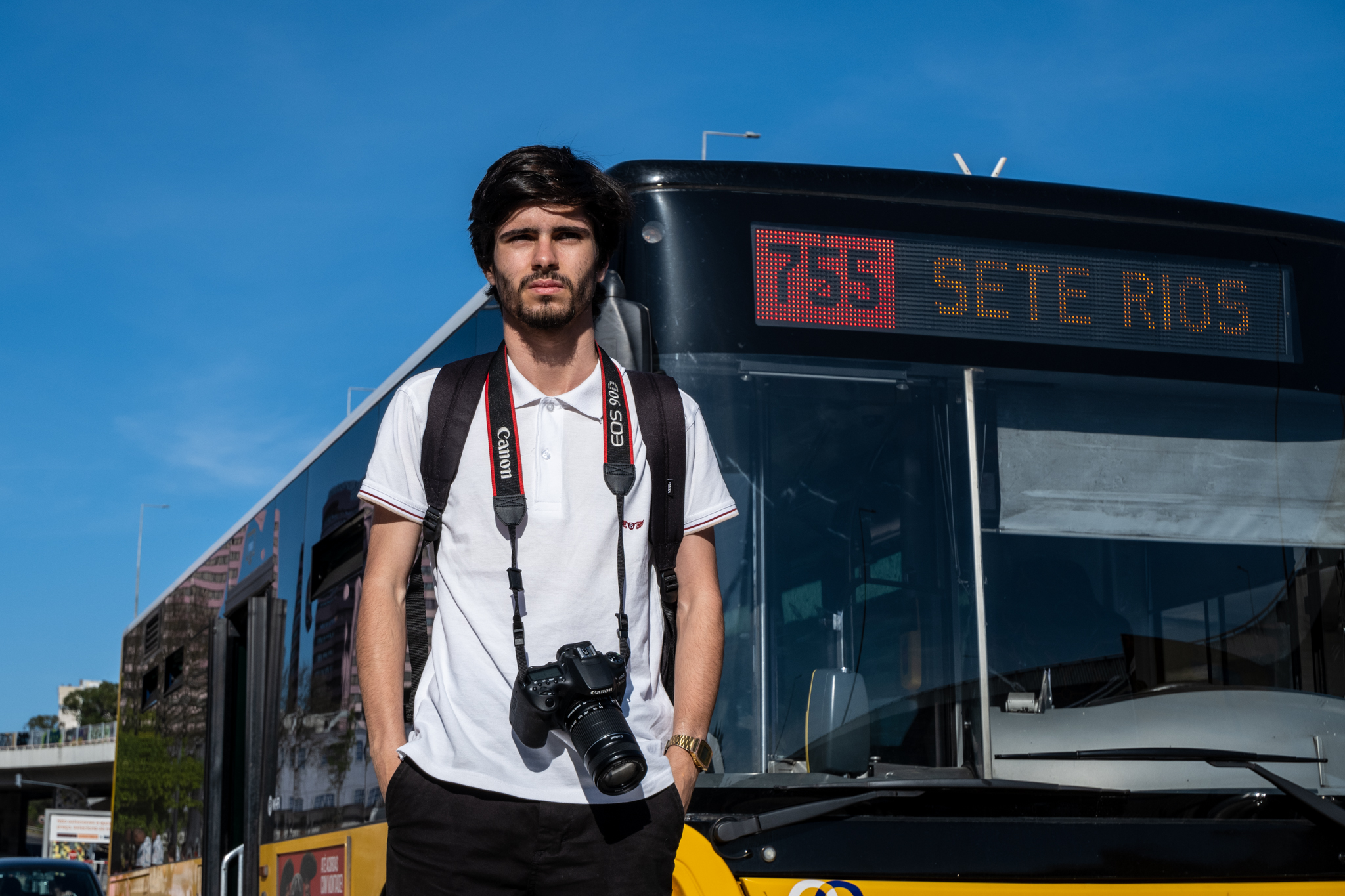
Diogo Lourenço regrets the little openness he has felt from Carris. If he once had a close relationship with the communication department of the municipal operator, in recent years he has seen little openness from the company. "I've never knocked on anyone's door. Just like I said about the drivers, I don't like to make conversation or take away from anyone's peace, even though I know I can sometimes add something."he says. It was, therefore, from Carris that he made contact with Lisbon Buses. The transport company was interested in Diogo's photographs and, in exchange for them, gave access to its photographic archive. "We also received privileged and timely information, which doesn't get out to the media, for example, so we were able to cover it. And we reached a point, if I'm not mistaken, it was at the beginning of 2021, two years ago, where Carris wanted to evolve this partnership a little bit more. There was a primordial idea on the table but it was never fulfilled.he says. After this conversation, Diogo no longer had any answers from Carris. "I, when I agree to abide by an agreement, I abide by it. Whether it's a word of mouth agreement or a signed agreement. I regret that the company didn't do that with me."
Diogo will continue his work, even if he doesn't see recognition and appreciation for his work from the company. "My goal is to do quality public service. Even if I don't earn anything from it. And I don't win, nor do I want to win. I have losses. I buy cameras and lenses. I spend gas in my car, I spend every month 40 euros on a pass. I spend because I want to. Because I want to contribute to the community." Promises that Buses from Lisbon "will continue as long as I have the availability, whether personal or financial, to maintain the project". "I want to continue to inform people, and to do it better than I do, because I ride transportation and I see some information that is posted at the stops that is insufficient or void."
